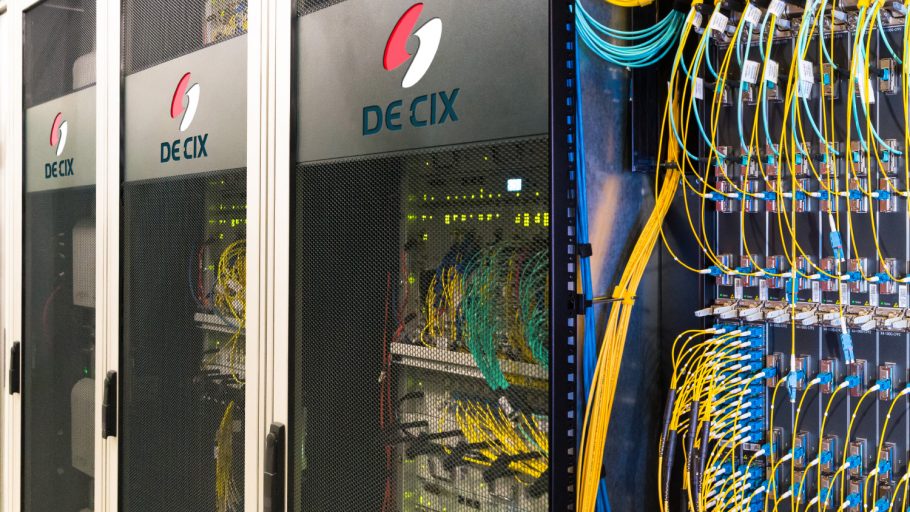In times of accelerated digital transformation, enterprises are being faced with infrastructure challenges for which data center (DC) operators can offer easy solutions. These challenges are: a) increasing the performance and strengthening the security and resilience of their connectivity, b) ensuring their flexibility by avoiding vendor lock-in, c) reducing the complexity of their connections to partners, and d) increasing their control of compliance within their ecosystem of partners. For all of these challenges, enterprises must be able to control their infrastructures and data flows, and DC operators can help them do this.
To support their enterprise customers, data centers need to accommodate a new set of KPIs: local access to a greater density and diversity of networks, greater geographical coverage of interconnection infrastructure, and a variety of scalable and customizable interconnection services. Enterprises demand network density that no DC operator can hope to offer on their own. Therefore, to meet the demands of customers for seamless and efficient interconnection effectively-regardless of location—and make their own facilities more attractive, data center operators need to be part of a healthy and vibrant interconnection ecosystem that extends beyond their own customers. The best and most efficient way to create that ecosystem is through the presence of an Internet Exchange (IX) in within the data center.
The virtual MMR: providing customers with valuable network density
By joining an open and distributed IX ecosystem—one that is data center and carrier neutral—data centers can provide enterprises access to the network density they need. The neutrality of the ecosystem is central, as it brings with it the diversity of providers and their various customers. This diversity increases the network density at the data center, with a flow-on effect for the latency and resilience of connections, which in turn creates a competitive advantage.
Let’s look at how this works. DE-CIX, the leading operator of data center and carrier neutral IXs in the world, operates a distributed IX in New York, which is accessible from over a hundred different PoPs. Because the IX is neutral and distributed, the major data center operators in the market (as well as smaller, regional players) are all present on the interconnection fabric. Every single network within a data center that is connected to the DE-CIX fabric in this market can also then reach any other network connected in any other location in the market. DE-CIX also operates a distributed IX in Dallas and interconnects these two IXs. This connection brings together the bundled power of all of these DC operators and offers their respective customers the added value of much stronger network density. Further, all five DE-CIX North America locations (including Chicago, Richmond, and Phoenix) are interconnected, and they also connect across the Atlantic to the DE-CIX markets in Europe and beyond. A network connected in any one of the hundreds of PoPs in North America can access and interconnect directly with over 2,100 local and global networks. In effect, a data center plugs itself and its customers into the largest data center and carrier neutral “virtual MMR” in the world.

Added value through modern interconnection services
Enterprises are also demanding specialized interconnection services to support their transformation process. They are seeking direct, dedicated, and multi-homed access to their resources and applications, sourced from a variety of clouds, as well as customized, private interconnection services with enhanced security and compliance features that support their zero-trust network strategy. They also need simplicity in the booking and cancelling of interconnection services and cloud connectivity as well as the enablement of an interconnection fabric API that they can embed in their own systems.
ABOUT THE AUTHOR
Ivo Ivanov is Chief Executive Officer of DE-CIX and Chairman of the Board of the DE-CIX Group AG. Prior to these positions, Ivanov was Chief Operating Officer of DE- CIX and Chief Executive Officer of DE-CIX International, where he was responsible for the global business activities of the world’s leading Internet Exchange operator. Ivanov has more than 20 years of experience in the regulatory, legal, and commercial Internet environment. Having joined DE- CIX in 2007, he has in recent years been deeply involved in the establishment of DE-CIX sites in North and South America, Southern Europe, the Middle East, and Asia, as well as several DE-CIX consultancy projects in Africa, Asia, and Europe.


